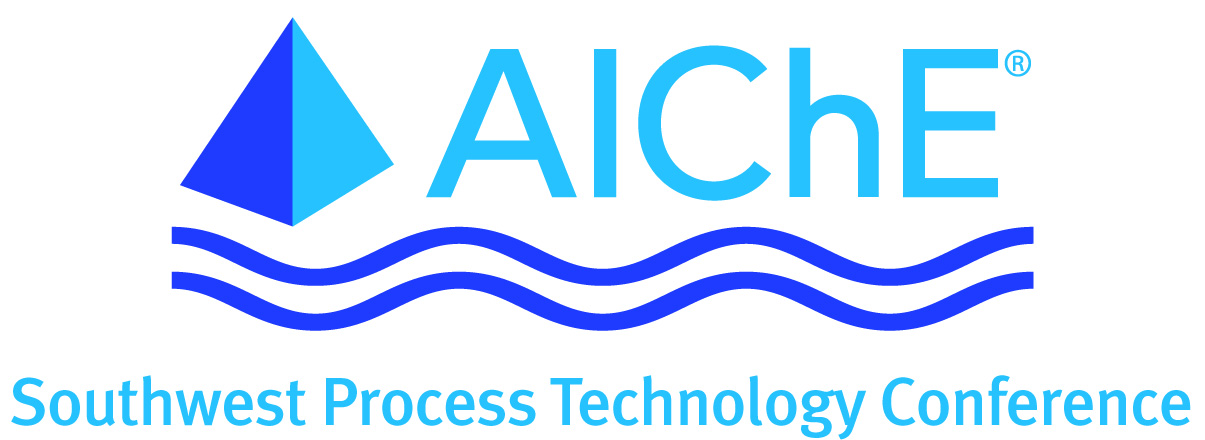

The United States Environmental Protection Agency has announced the 2017 implementation of more stringent Tier 3 ultra low sulfur gasoline (ULSG) sulfur specifications that will require all gasoline to contain ≤10 wppm sulfur. While the Tier 3 sulfur limit would seem to be a small step from the current Tier 2 limit of ≤30 wppm, the impacts on refiners, especially those without FCC naphtha post-treat capabilities, could be significant. Likely consequences of these lower FCCU feed sulfur limits include significantly decreased unit cycle lengths for FCC-PT as well as increased operating costs.
This paper examines the likely impacts of the anticipated Tier 3 ULSG specs on refinery FCC-PT unit operations and the consequences for refineries. Units operating in different pressure regimes are simulated to show practical examples of the expected impacts for different types of FCC-PT units. These case studies assume 100% hydrotreatment of FCC feed and are for illustration purposes only. Actual impacts of the Tier 3 specifications will be highly dependent upon specific unit feed compositions, unit capabilities and constraints, and FCC-PT operation strategies.
For units operating in constant HDS mode, implementation of the Tier 3 gasoline specs will likely cause FCC-PT unit cycle length to be reduced by 20 to 40%, even when using very high activity CoMo or NiCoMo VGO HDS catalysts. For high pressure FCC-PT units operating in maximum aromatics saturation mode, the decrease in cycle length could be 50% or higher.
Economic assessments of the impacts will be highly individualized. The refiner will need to draw the process envelope broadly to account for both the FCC-PT and FCC units’ expected performance, as the better quality FCCU feed will significantly impact that unit’s performance in terms of yields and qualities. Refiners with FCC naphtha post-treat will also need to include that unit in the process envelope, as the lower sulfur content of the Tier 3 FCC naphtha could help them keep octane losses similar to those currently incurred when meeting Tier 2 gasoline specs. Finally, refiners who have the flexibility to consider alternative modes of FCC-PT operation, such as mild hydrocracking (MHC), may opt to evaluate alternative operating strategies, as well as the projected impacts on overall yields and qualities of both intermediate and finished product streams.
